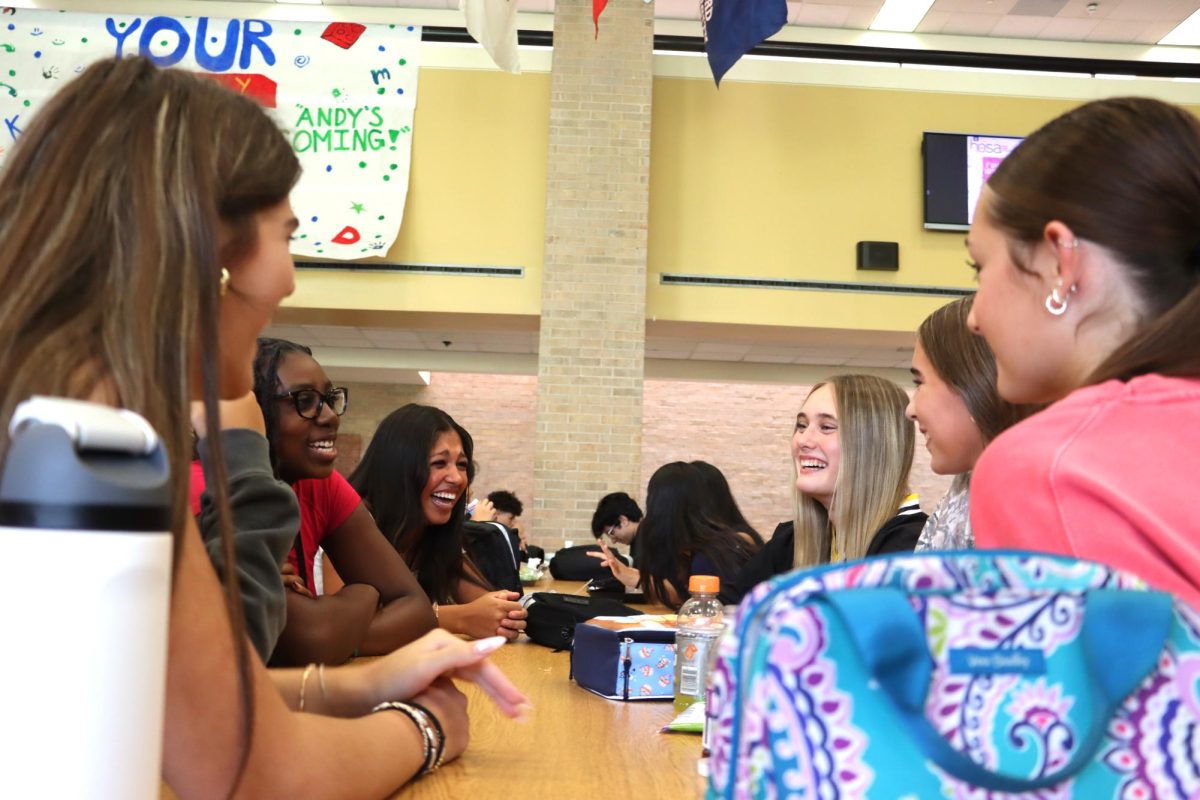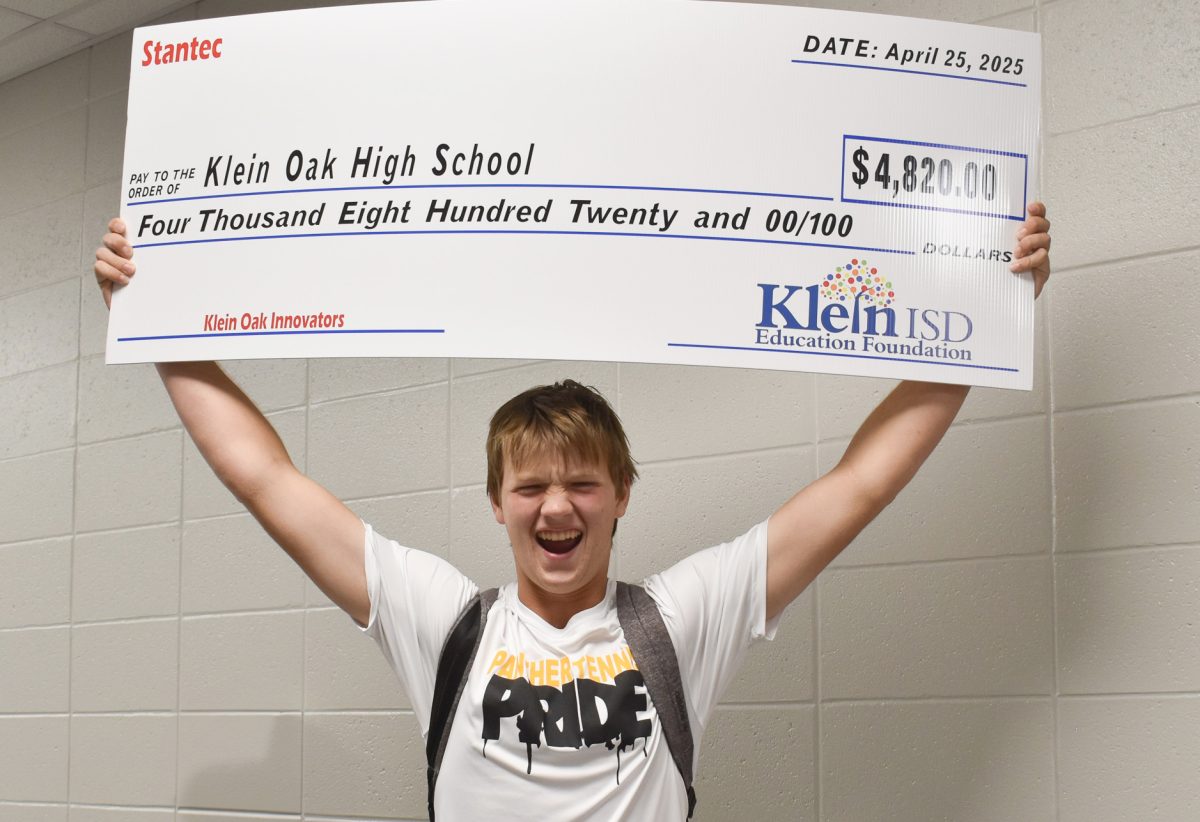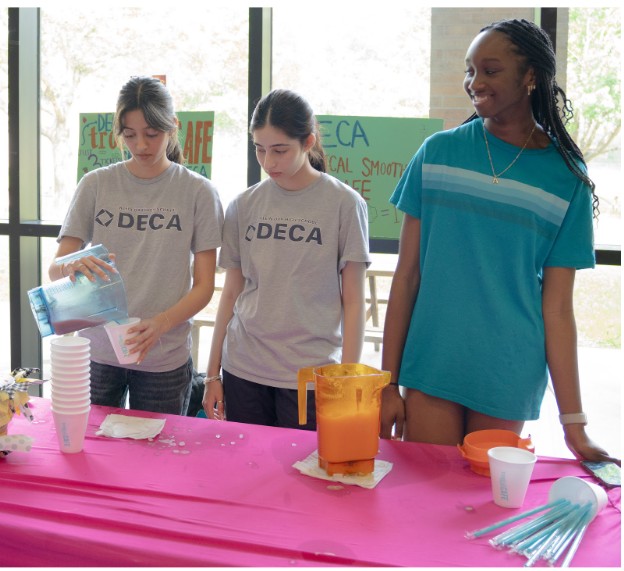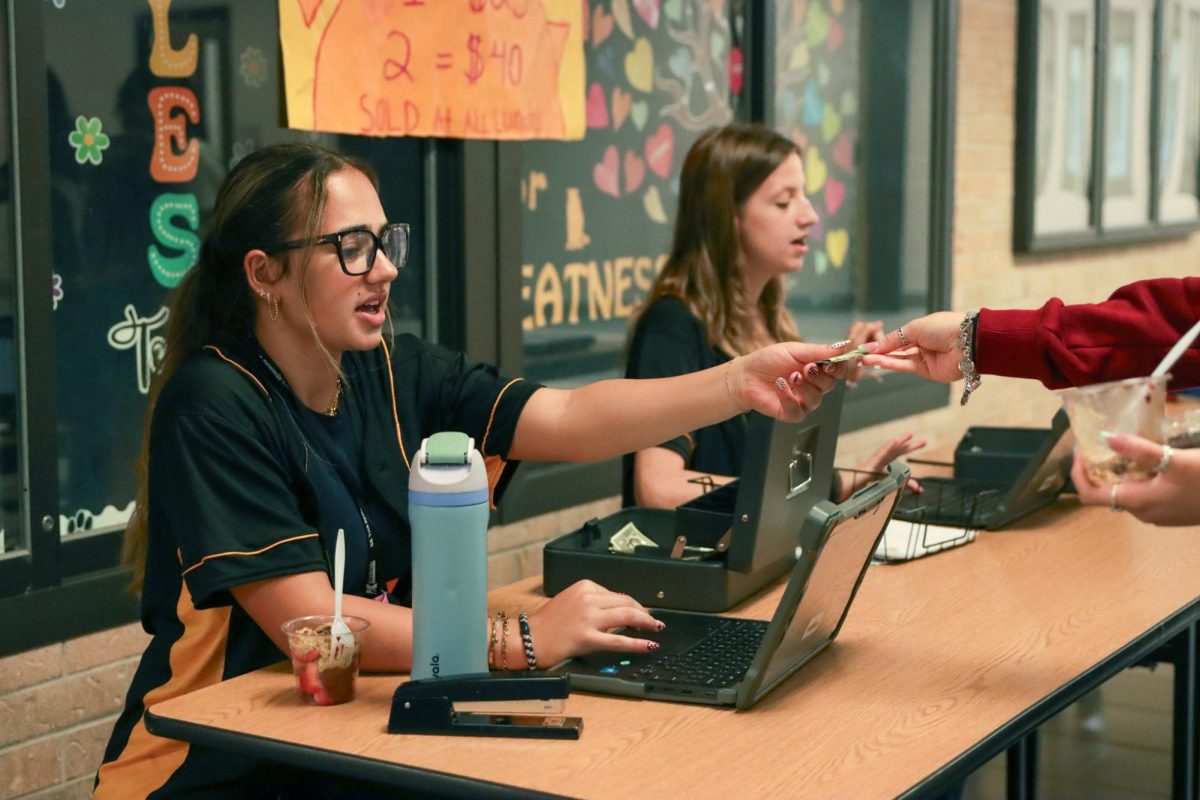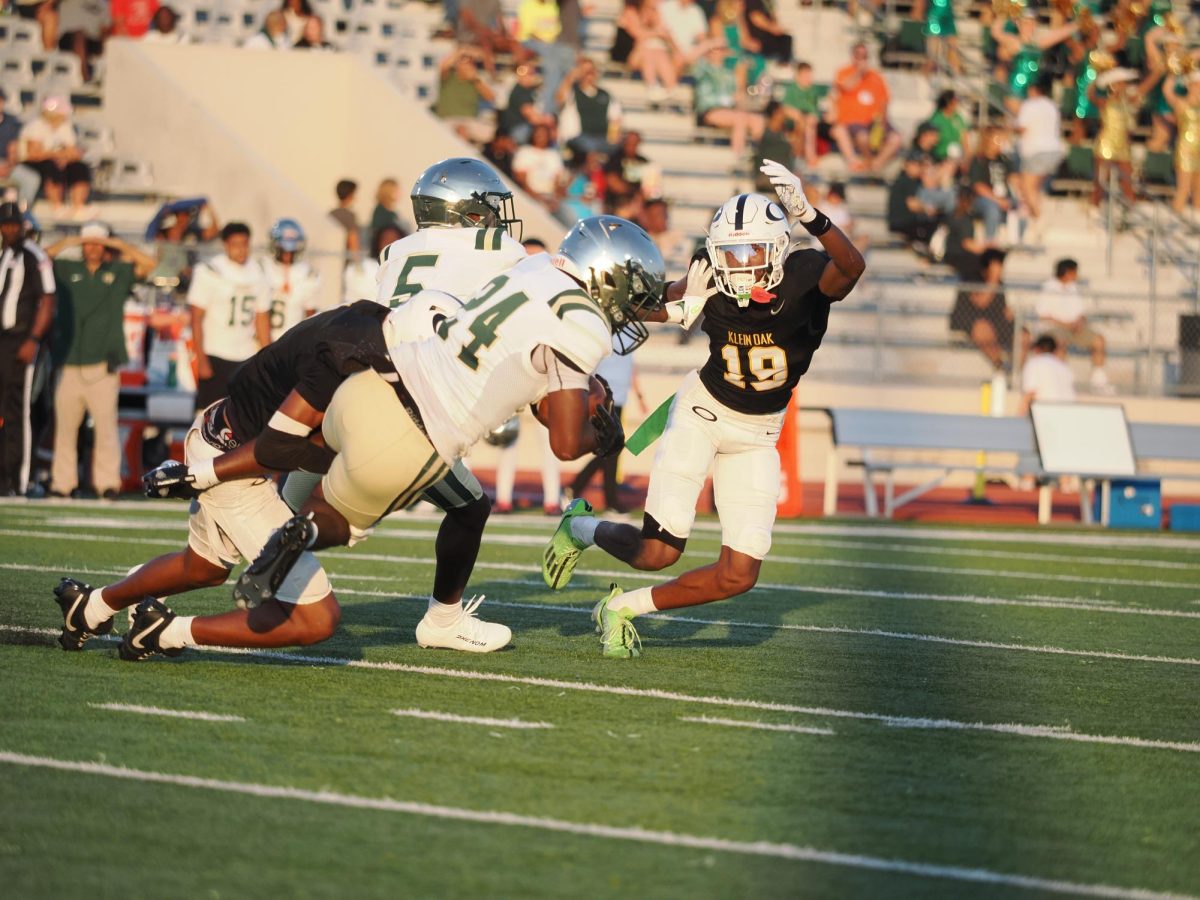
Sweaty palms, racing minds, and bright screens face students as they venture on through the PSAT (Preliminary Scholastic Aptitude Test). Out of 1.5 million students taking this test, only 16,000 are chosen as semi-finalists for the National Merit Scholarships, and even fewer are awarded scholarships from colleges or the National Merit Corporation.
“To be honest, I really wanted [the scholarship] from the beginning,” senior Sid Sannabhadti said. “I saw it in previous years and I knew that very few people actually got it, so I said, ‘okay, maybe I should try.’”
Sinnabhadti ended up becoming a semi-finalist for the National Merit Scholarship: his preparations leading the way for the highest score at Klein Oak. Eleven other students received a National Merit recognition, their scores ranking among the highest at the school.
“Our fall break before [the PSAT], I took a lot of practice tests. I took one or two that BlueBook offered, and then one SAT,” Sinnabahdti said. “That helped me prepare for the actual test.”
The PSAT is a practice version of the SAT exam. Students take the exam once a year during their junior and sophomore years; freshmen can decide whether to take the test or not. The PSAT tests students’ skills in reading, writing and math, throughout two hours and 45 minutes.
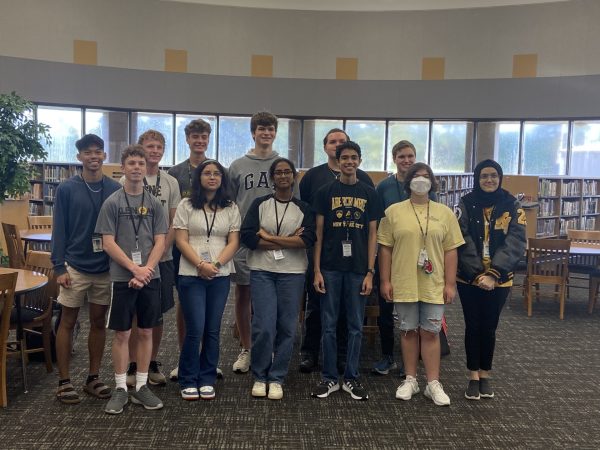
The highest score possible on the PSAT is 1520, which is different from the SAT, 1600. Senior Amina Monk, one of the National Merit commended students, received a 1390.
“I felt good about taking the test, and honestly, I forgot about the National Merit until the scores came out,” Monk said. “I looked at the benchmark for the scholarship and saw that I wasn’t there.”
It turned out that Monk had been looking through the list for the semi-finalists. She later found her name in the recognized students and was awarded a recognition paper for her work.
“It wasn’t heartbreaking [when I thought I didn’t make it],” Monk said. “But then, it turned out I did, and I felt great about it.”
Excitement isn’t the only emotion that stems from taking the PSAT and not the only one that the commended students said they felt. Tests of all sizes bring on nerves regardless of their importance.
“On test day, it was all about managing nerves. That’s a big thing for me because especially on test days, the nerves can go high,” Sinnabhadti said. “It was about breathing, meditating a little bit, and then making sure I got what I wanted coming out of the test.”
With practice and dedication to their goal of receiving an award, all 12 students were recognized for their excellent test scores. A ceremony was held at which students received a recognition paper that allowed them to show they were recognized as National Merit Commended students, and Sinnabhadti, as a semi-finalist.
“I realized I made one mistake [on the PSAT], so that didn’t feel great, but when the scores dropped, I was very happy,” Sinnabhadti said.
As a semi-finalist, Sinnabahdti must complete an application to run for finalist. This application contains an essay about one’s passions, an SAT score, and a GPA, all of which were due Oct. 9.
“Education is something I believe is a fundamental right, so my essay is about my passion for making learning accessible using my interest in technology,” Sinnabhadti said.
After submitting his essay and application Sinnabhadti, among 15,000 finalist, will hear back from the National Merit Corporation after a few months, all hoping to land a spot in the top.
“Writing my essay has gotten me to reflect on what I think success is. Some people find success in money or fame, but I have found success in exploring what I love and building a net-positive impact on the world,” Sinnabhadti said. “Whether it be picking up a pen for someone else or funding their university education, every act of kindness can make someone successful in my eyes.”



